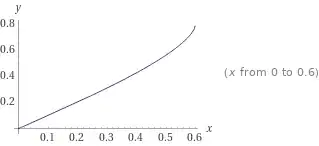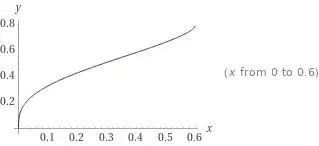The Wikipedia articles on elliptic integral and elliptic functions state that “elliptic functions were discovered as inverse functions of elliptic integrals.” Some elliptic functions have names and are thus well-known special functions, and the same holds for some elliptic integrals. But what is the relation between the named elliptic functions and the named elliptic integrals?
It seems that the Jacobi amplitude $\varphi=\operatorname{am}(u,k)$ is the inverse of the elliptic integral of the first kind, $u=F(\varphi,k)$. Or related to this, $x=\operatorname{sn}(u,k)$ is the inverse of $u=F(x;k)$. It looks to me as if all of Jacobi's elliptic functions relate to the elliptic integral of the first kind. For other named elliptic functions listed by Wikipedia, like Jacobi's $\vartheta$ function or Weierstrass's $\wp$ function, it is even harder to see a relation to Legendre's integrals.
Is there a way to express the inverse of $E$, the elliptic integral of the second kind, in terms of some named elliptic functions? I.e. given $E(\varphi,k)=u$, can you write a closed form expression for $\varphi$ in terms of $k$ and $u$ using well-known special functions and elementary arithmetic operations?
In this post the author uses the Mathematica function FindRoot to do this kind of inversion, but while reading that post, I couldn't help wondering whether there is an easier formulation. Even though the computation behind the scenes might in fact boil down to root-finding in any case, it feels like this task should be common enough that someone has come up with a name for the core of this computation.





Also the paper Numerical computation of inverse complete elliptic integrals of first and second kinds by T Fukushima.
– Loreno Heer Jan 28 '15 at 16:07